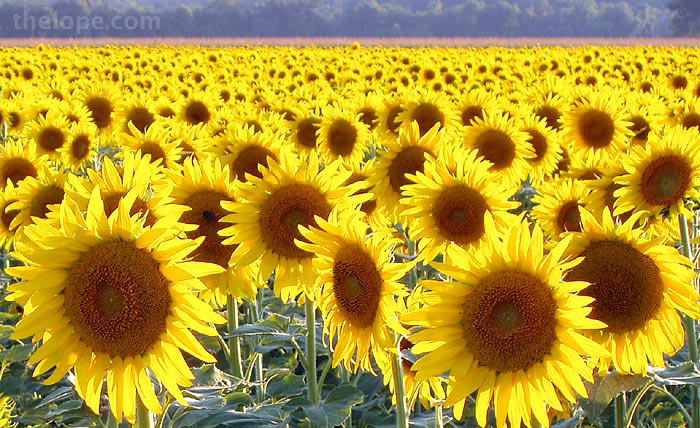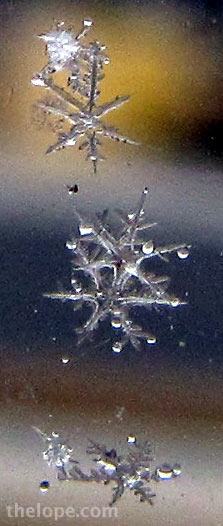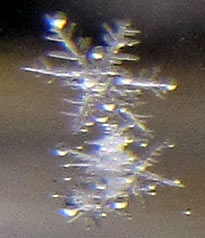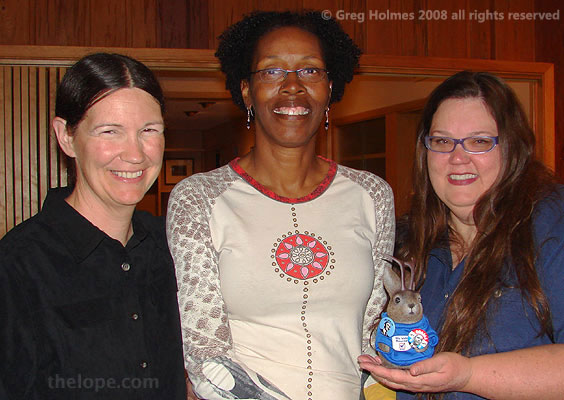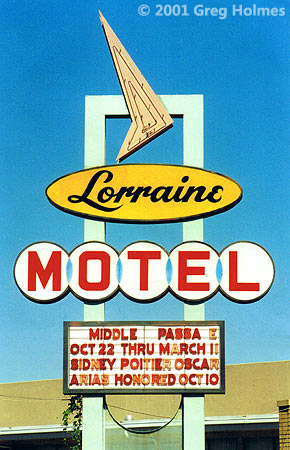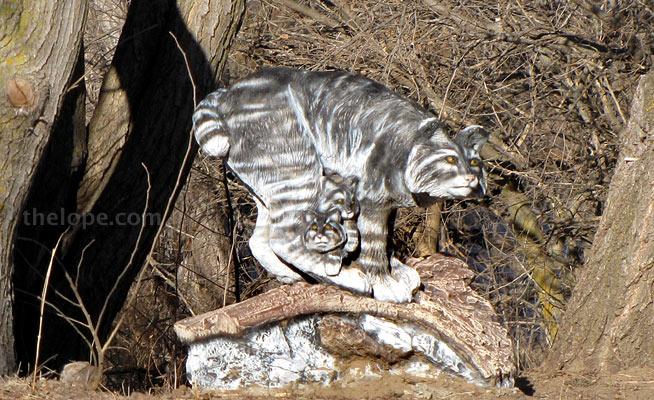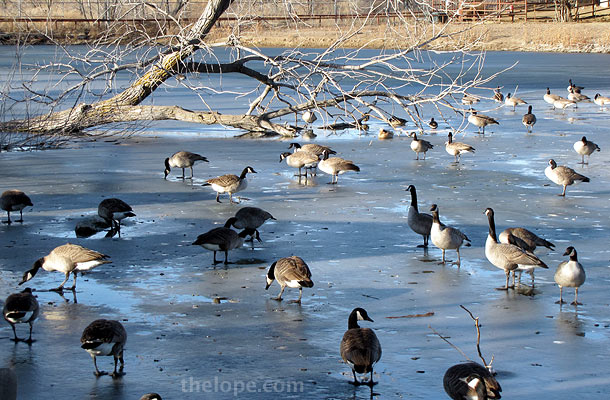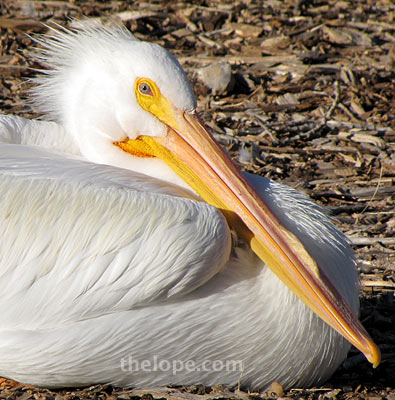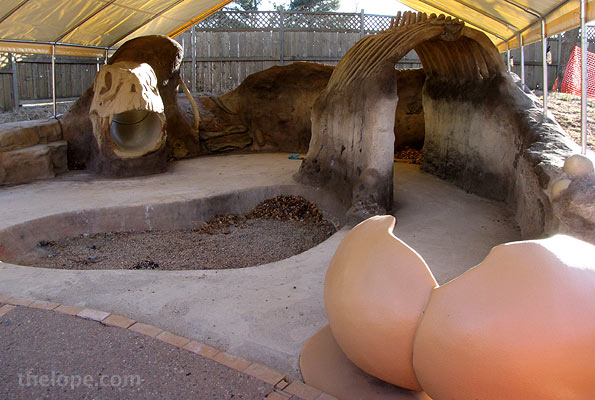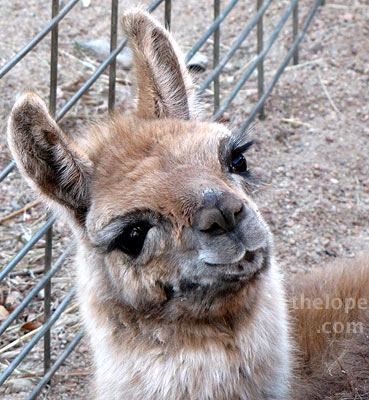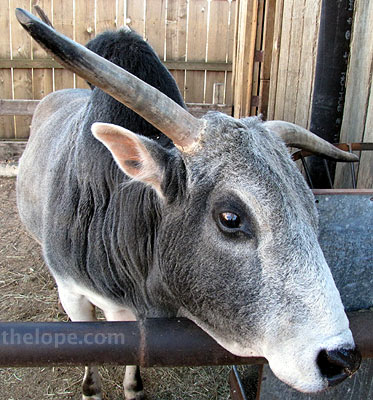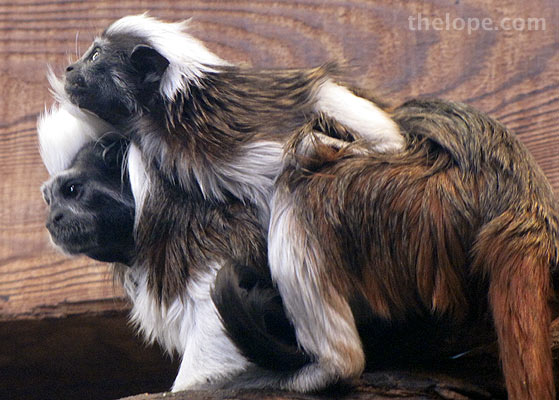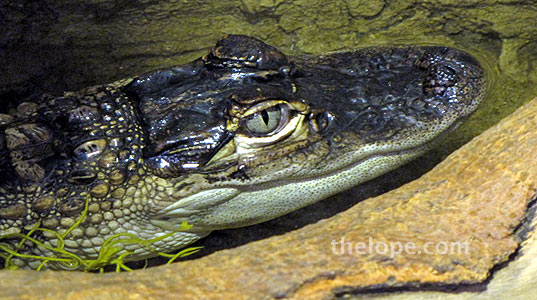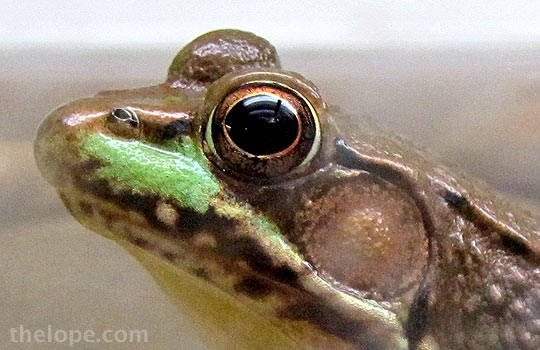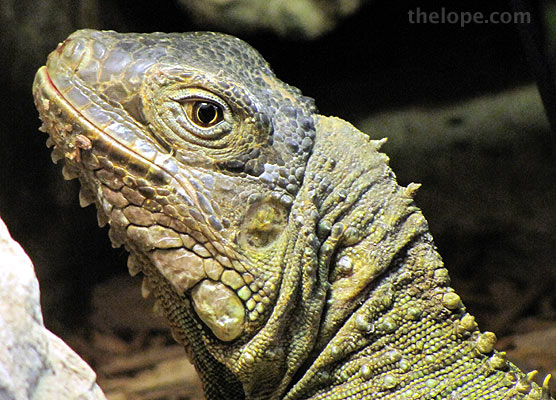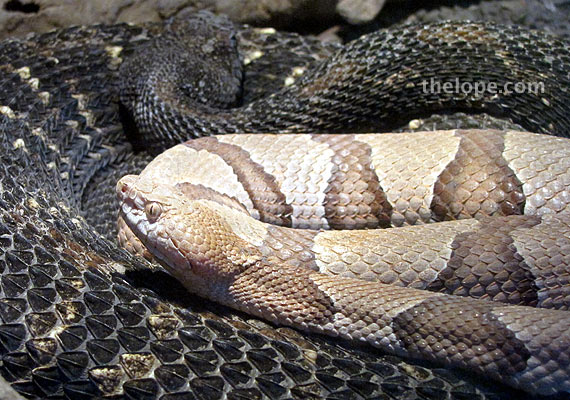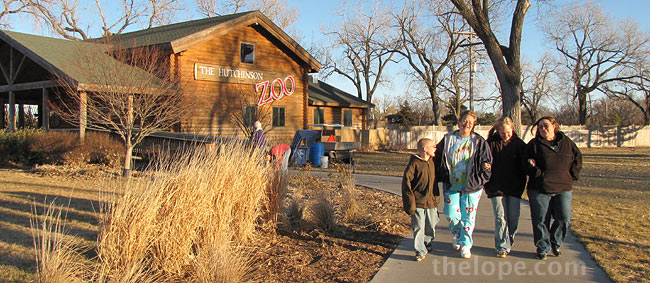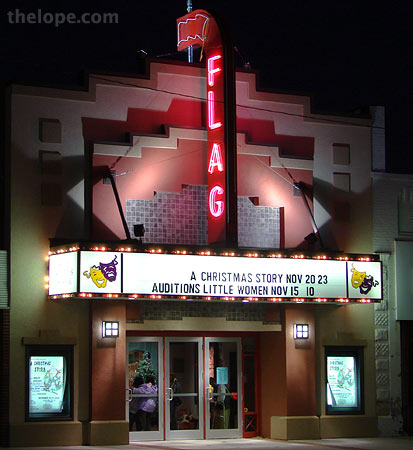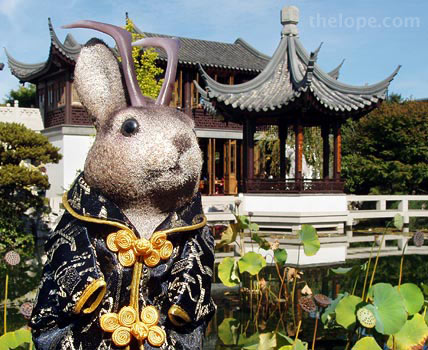
Happy
Chinese New Year, 2009! Or, to be accurate, Happy Chinese New Year, 4706. It's the year of the ox, by the way. I don't have an ox handy, so we'll have to settle for a jackalope, some koi, a bird, some beautiful plants a whole lot of great architecture.
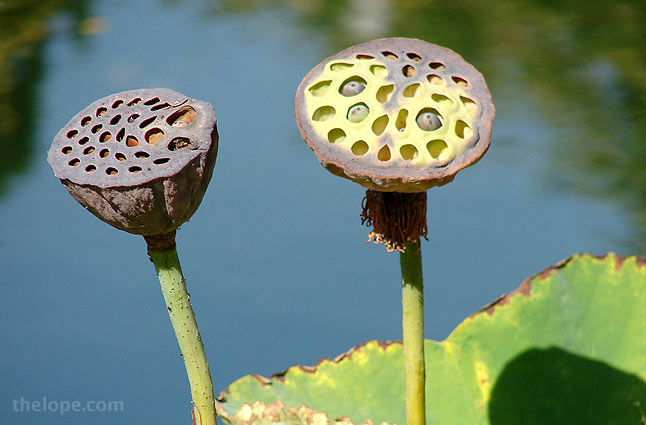
Today, I'd like to bring you some of the tranquility of the
Portland Classical Chinese Garden, which occupies an entire city block at the edge of Portland's Chinatown. We visited the garden on October 2, 2006.
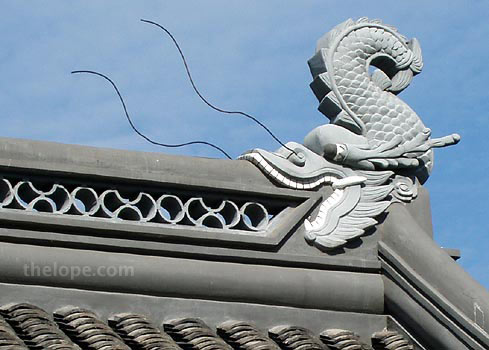
I shan't be able to describe in its native nomenclature the parts of a Chinese garden and the philosophies behind them; they are their own world. Suffice it to say there is an intrinsic elegance in such places. You can find copious information at the garden's
website.
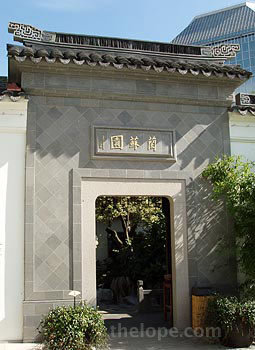
One of the courtyard gates. The formal entrance to a Chinese garden is always on the south side.
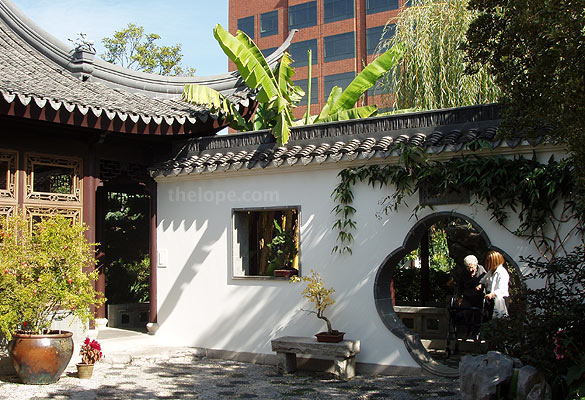
The Courtyard of Tranquility
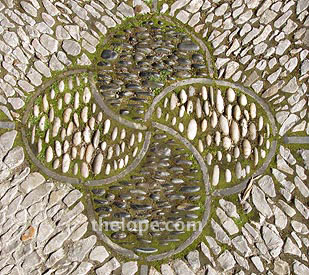
Here, as in many parts of the garden complex, the floor is a mosaic of hand-picked rocks arranged into symbolic patterns. This pattern is called "crabapple blossom."
A total of 500 tons of rock were brought from China and hand placed by Chinese workmen.

The Chinese characters on the roof tiles mean "double happiness." The double curves around them represent five bats, which stand for the Five Blessings: long life, wealth, health, love of virtue, and natural death. Five is a significant number in that the five elements of a Suzhou style garden are architecture, plants, rocks, water, and poetry.
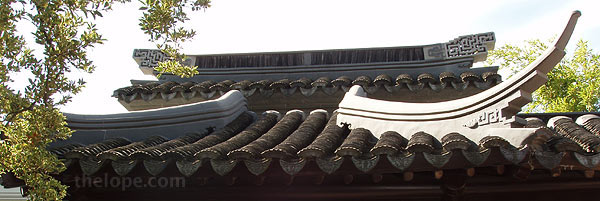
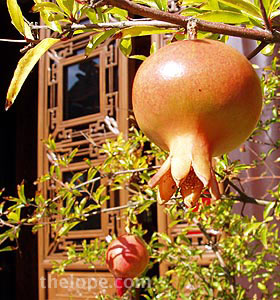
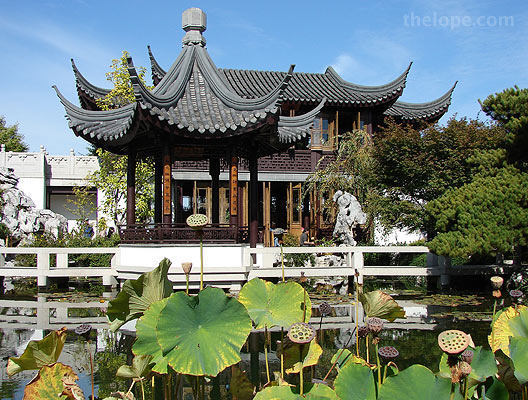
The structure in the foreground is the "Mid-lake Pavilion," also known as the "Moon Locking Pavilion." From here on a clear evening, one may view the moon and see its reflection on the water.
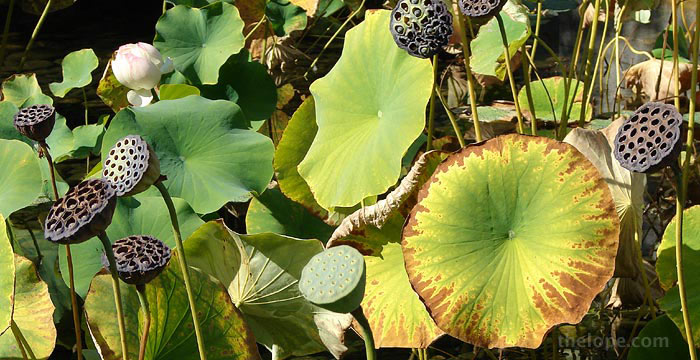
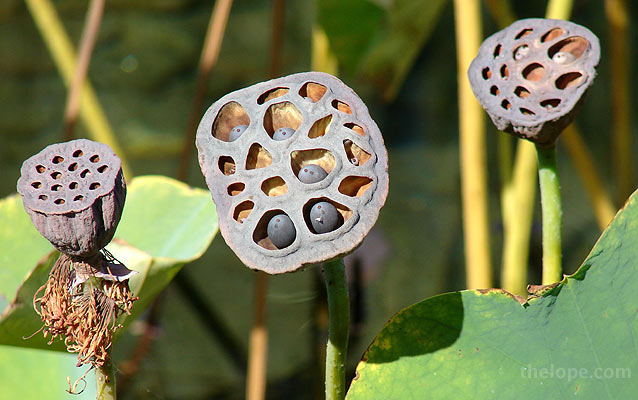
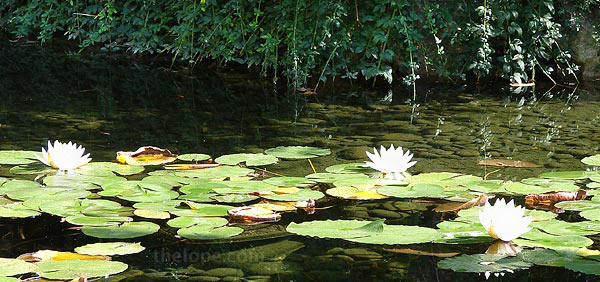
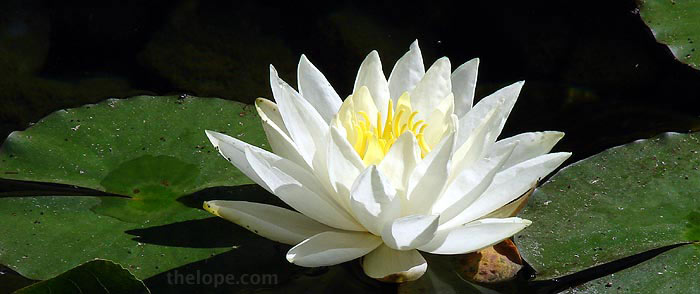
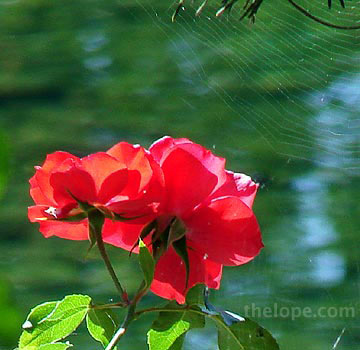
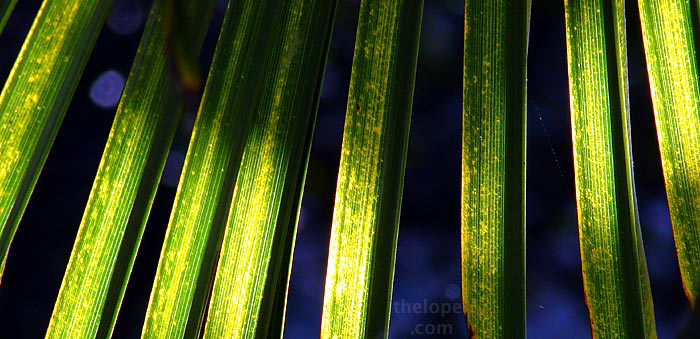
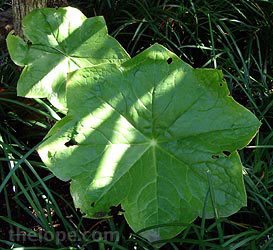
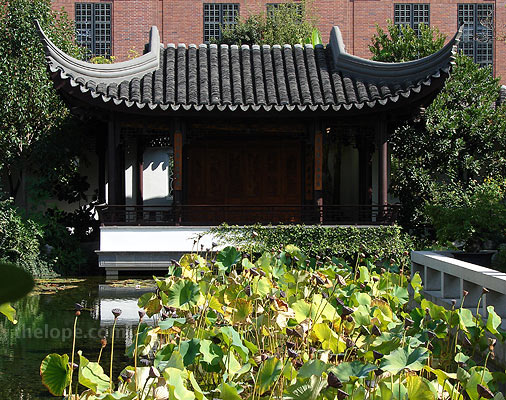
You could almost forget you're in a city, except for the modern buildings that occasionally intrude upon the sky.
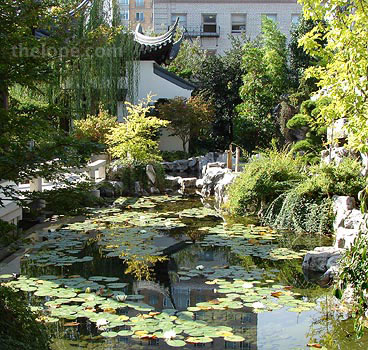
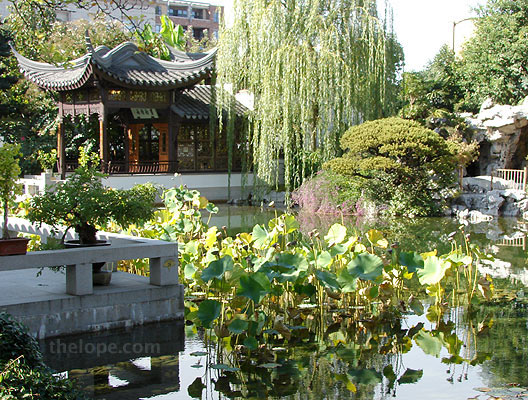
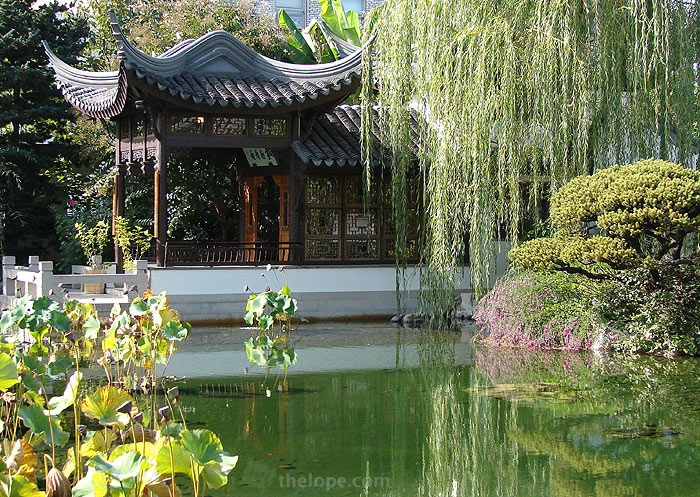
In Chinese garden design, a body of water was more than aesthetic. It could be used to fight fires, as a source of irrigation water, as a habitat for fresh fish and could humidify and cool the air around it.
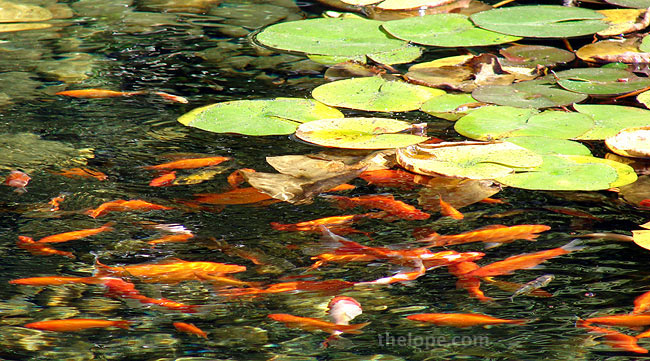
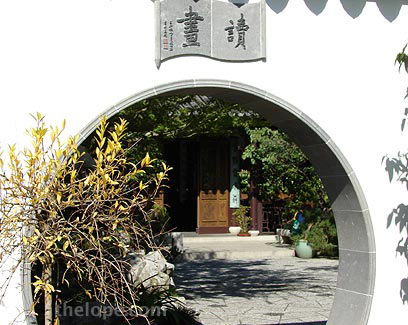
This is the doorway to the Courtyard of Permeating Fragrance.
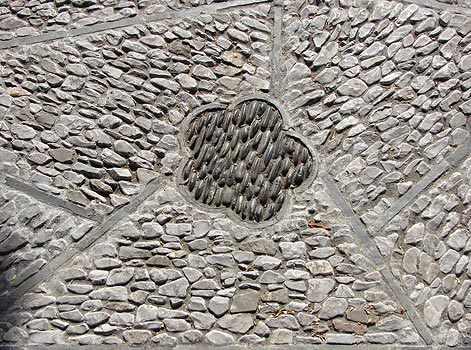
The courtyard floor
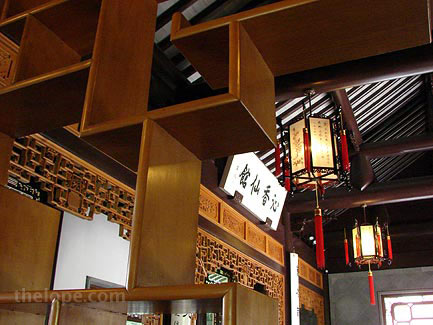
These are views inside the Hall of Permeating Fragrance.
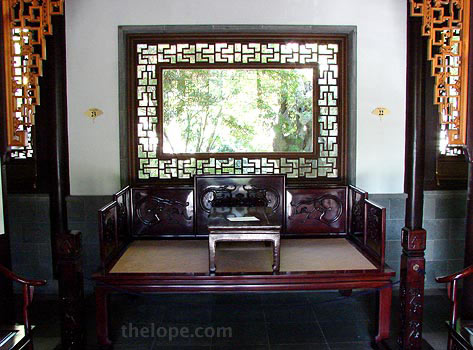
This scholar's study contains a day bed and Ming dynasty-style chairs.
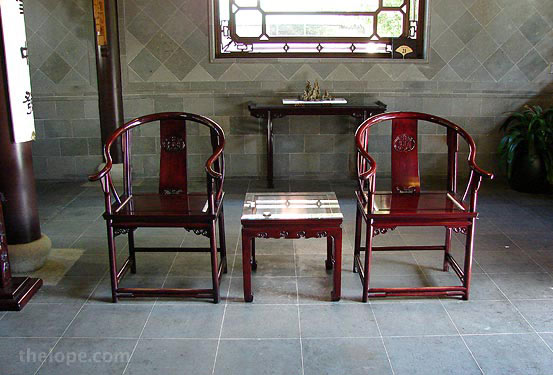
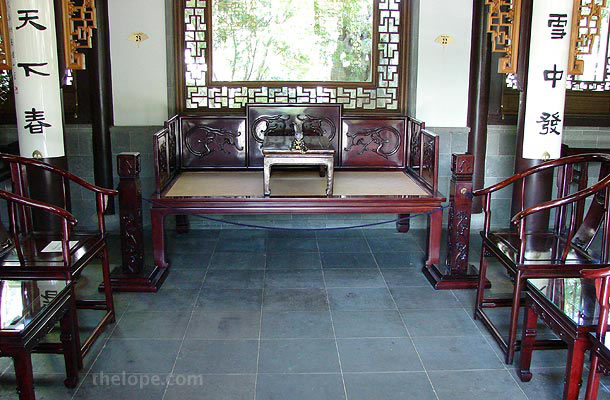
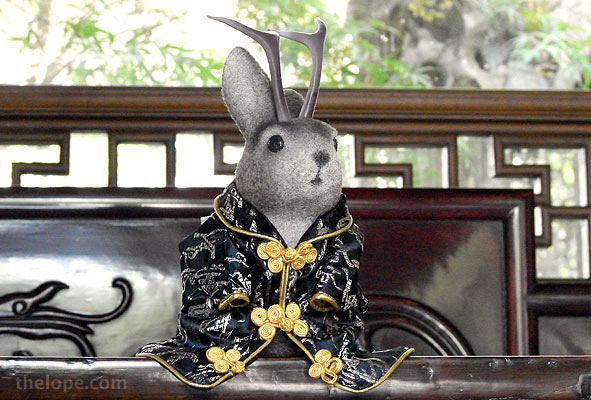
Such a place would be used for scholarly conversation.
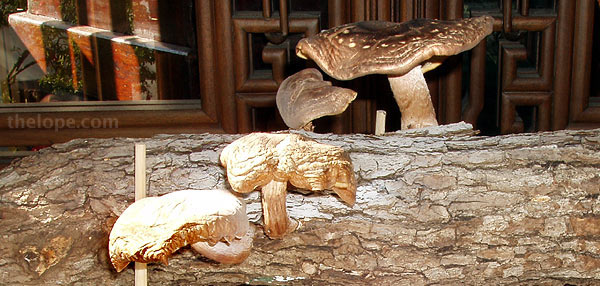
Mushrooms grow on a log near the entrance. I do not know if the were merely decorative or a food source.
And here are a few more general views of the garden.
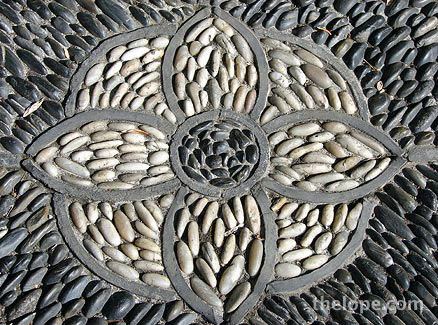
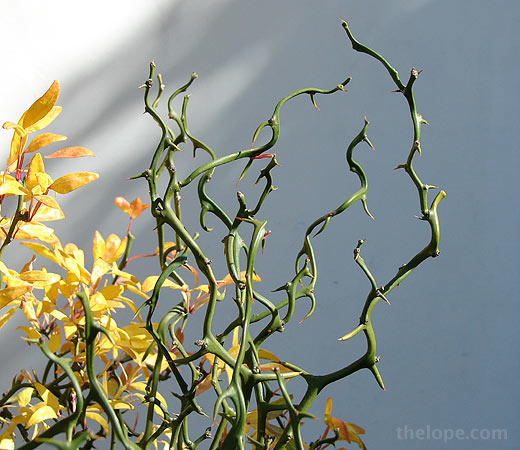
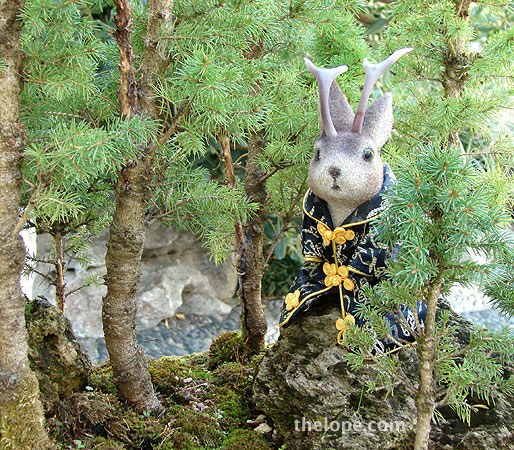
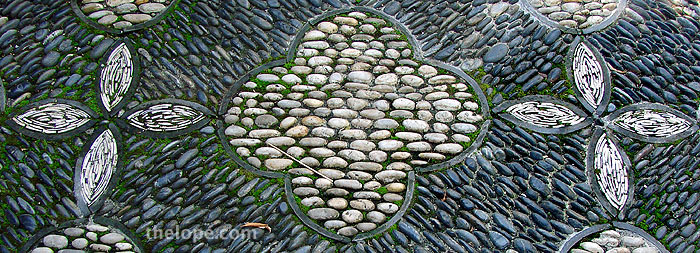
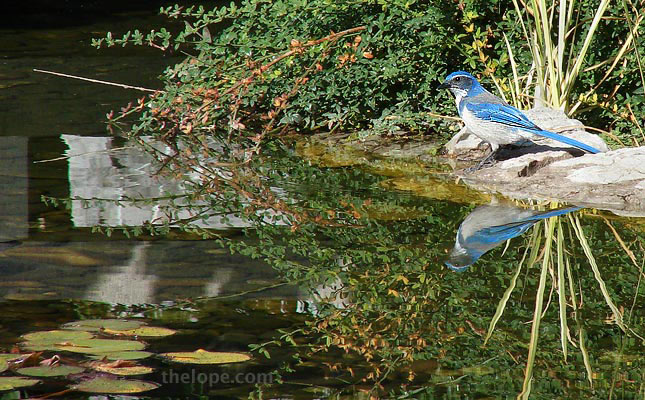
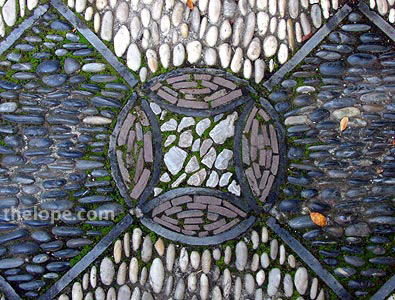
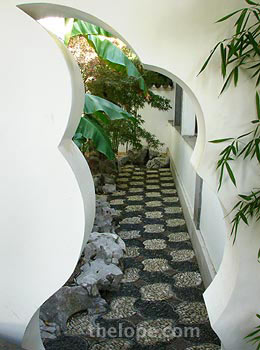
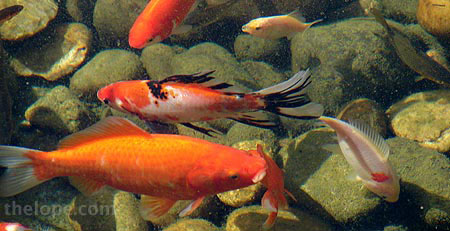
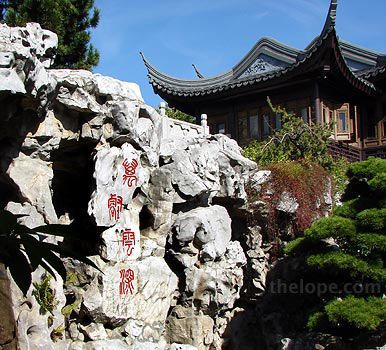
Inside the Tower of Cosmic Reflections (above right) is the tearoom, called
Tao of Tea.
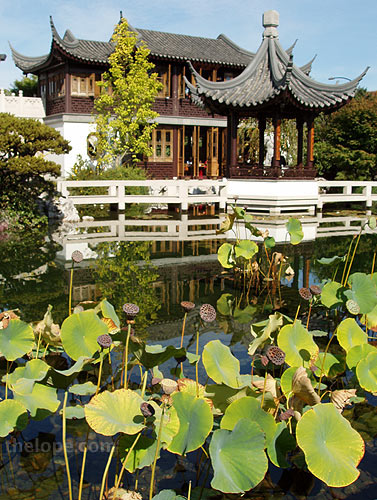
The Tower of Cosmic Reflections seen beyond the Moon Locking Pavilion.
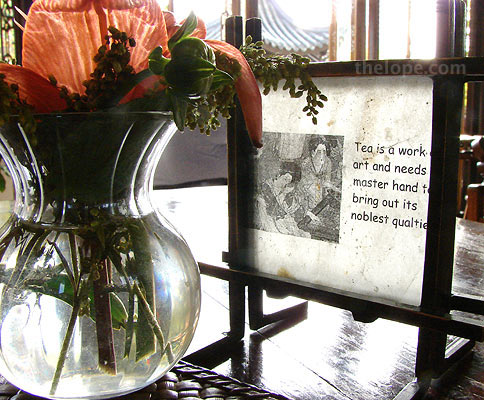
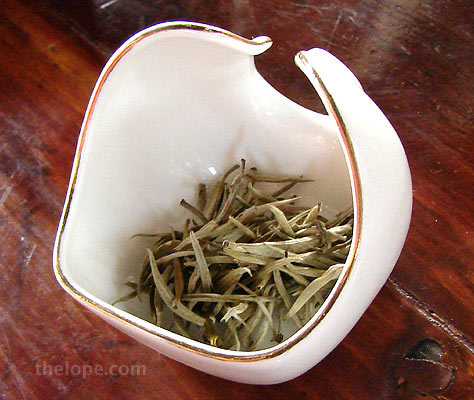
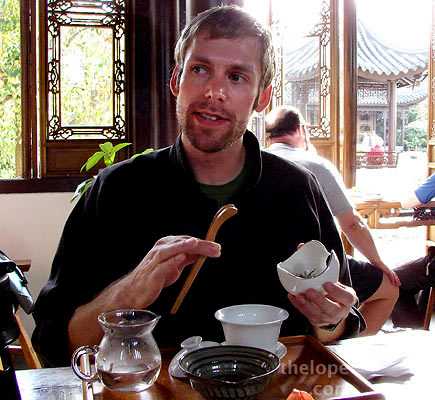
Our host explains the tea ritual.
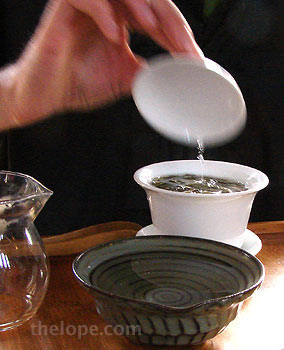

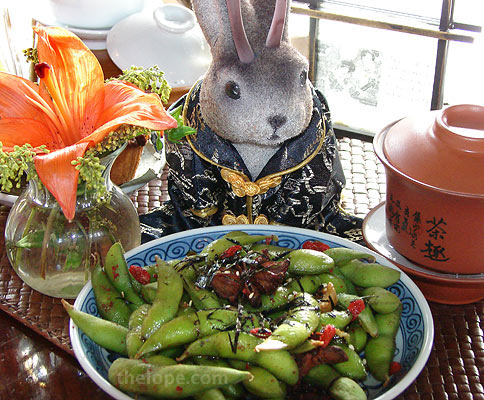
It was here that I had edamame - baby soybeans - for the first time.
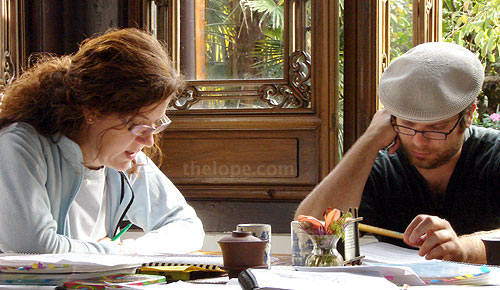
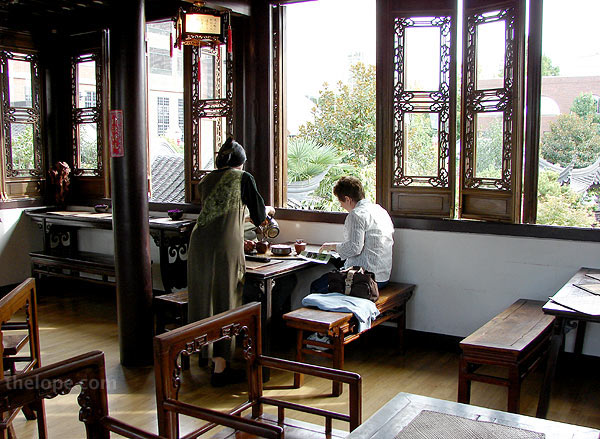
Inside the upper floor of the tower
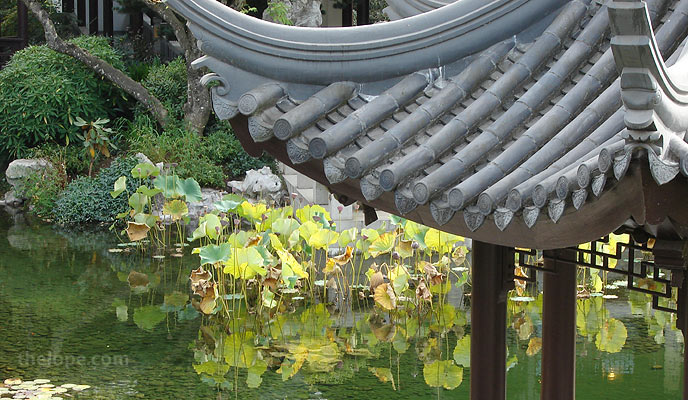
Here are a few views of the garden from the upper floor.
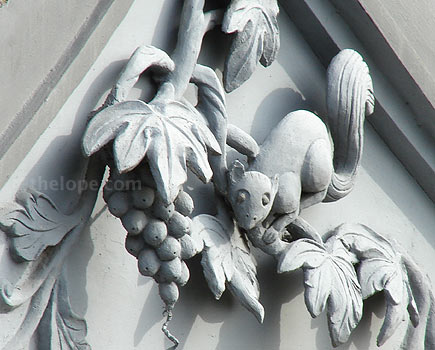
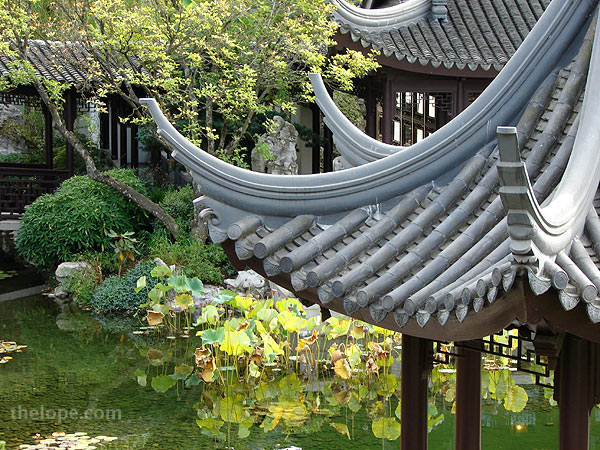
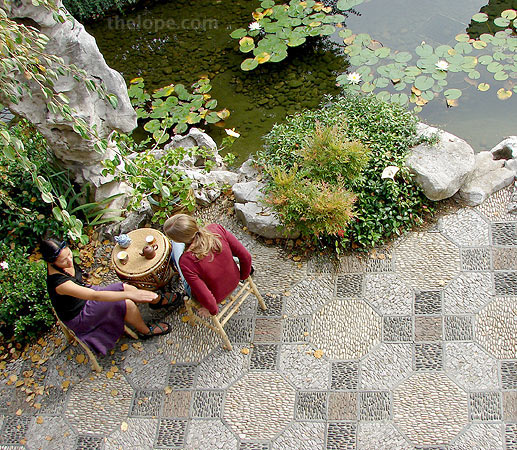
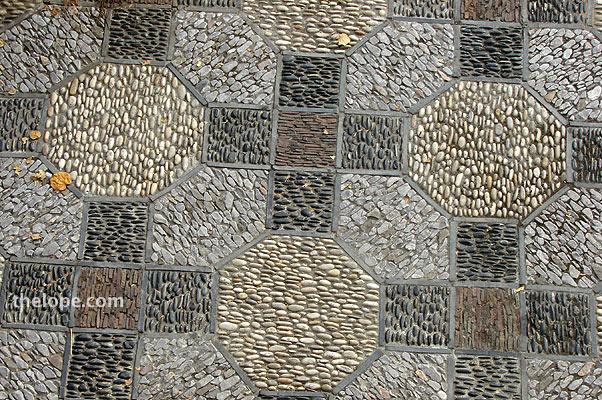
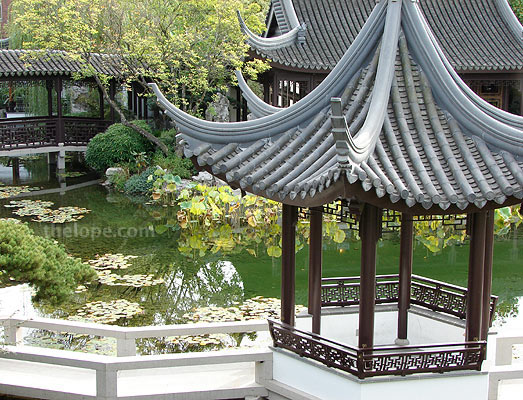
Zig-zag paths are used in Chinese garden design to give the user a greater impression of distance between points.
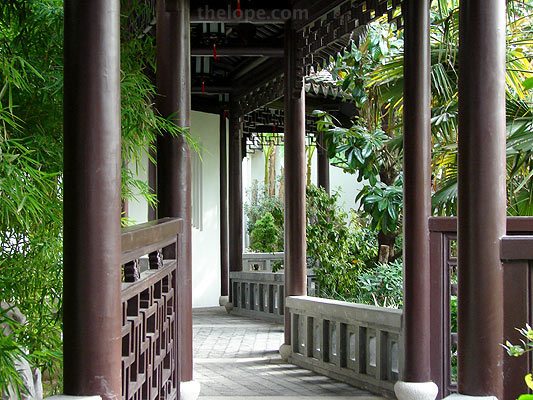
Here is a view down a zig-zag bridge.
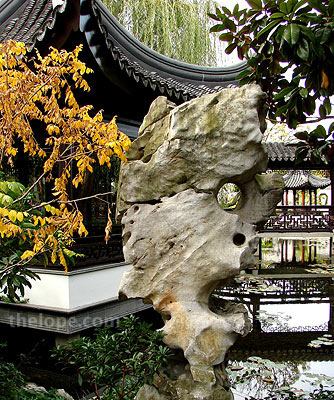
Throughout the garden you will see what are called "Tai Hu rocks", large vertical pieces of limestone mined from Lake Tai, near Suzhou in China.
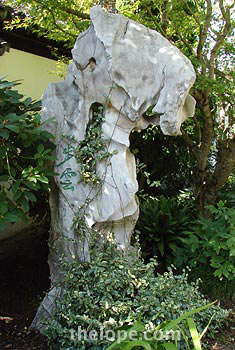
These particular rocks are prized for their four virtues: the holes that allow life force to flow freely, the rough texture, their slenderness, and being top-heavy.
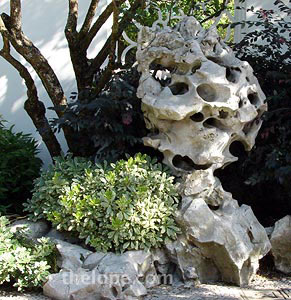
The name of the rocks comes from Lake Tai, into which they were placed to enhance their shape through forced erosion, a process that took many years.
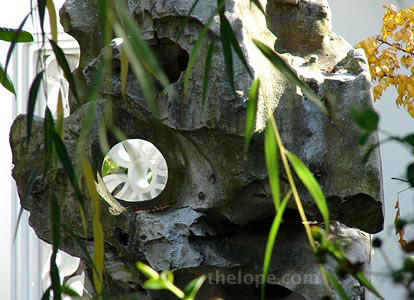
If you think this hole does not look natural, you're probably right. According to the garden's website, "
traditionally, a father would drill holes in a large rock and place it in the lake so that the water would enhance the openings and crevices. His grandson would remove the stone many years later and incorporate it into the family garden." As with many aspects of the garden, the holes had a philosophical aspect in that they were said to "allow life force to flow freely."
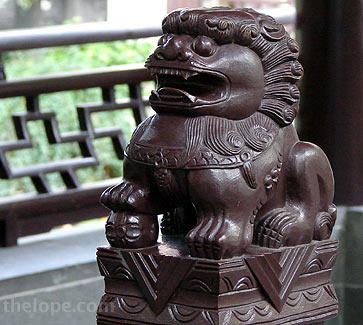
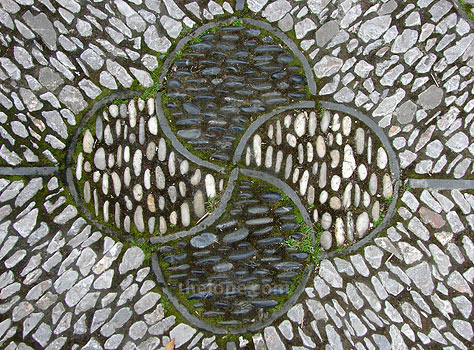
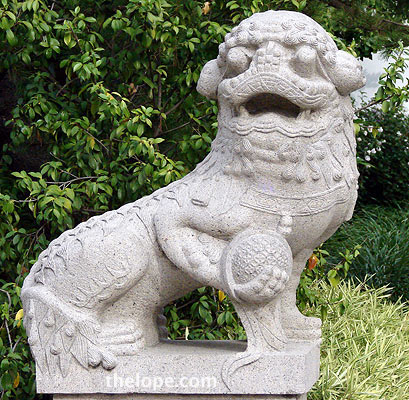
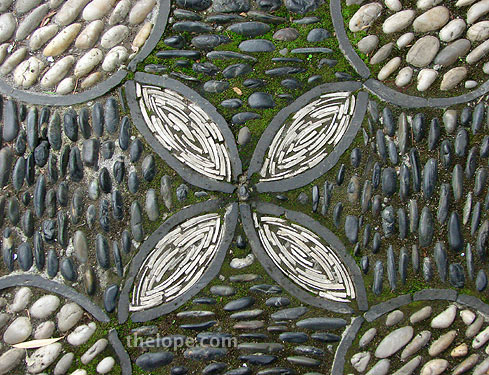
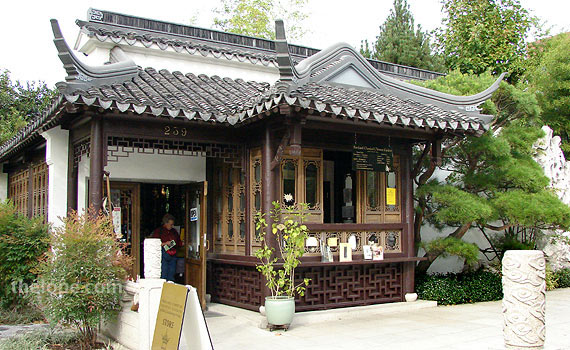
You knew there had to be a gift shop, and you were right.
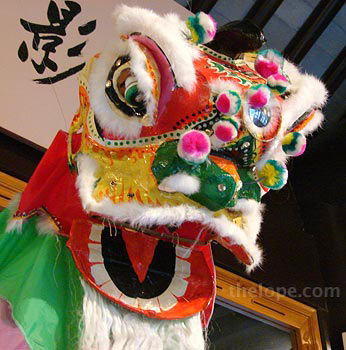
There is also a building which houses an exhibit on the history of Portland's Chinatown as well as a display about Chinese New Year celebrations. We previously explained this in
Red, Gold and Almost Gone.
(May, 2009: Thanks to
Chinese Garden Scene for linking to us.)


